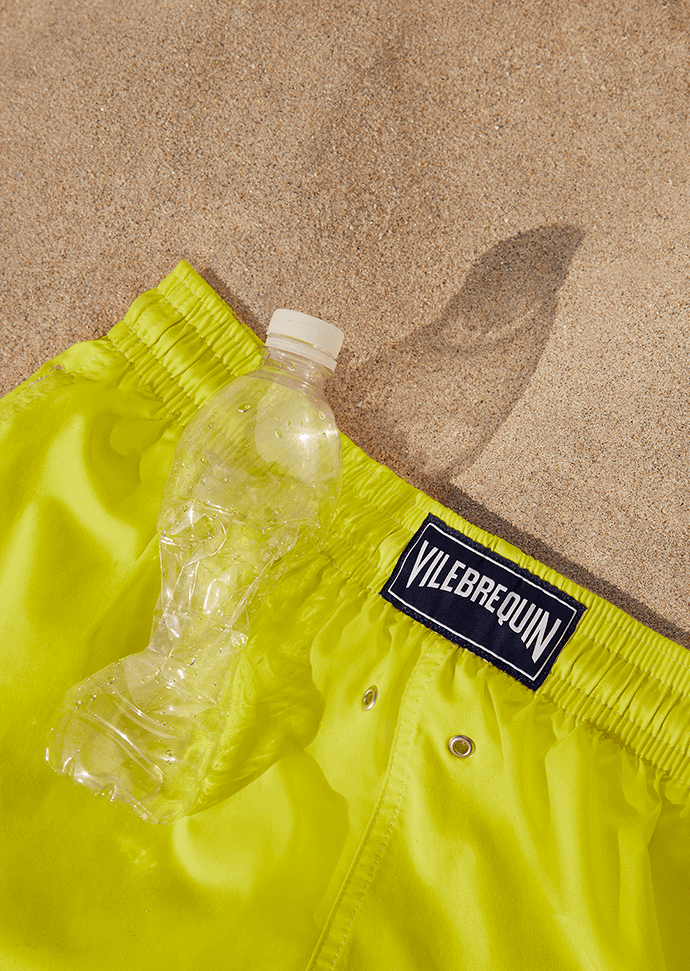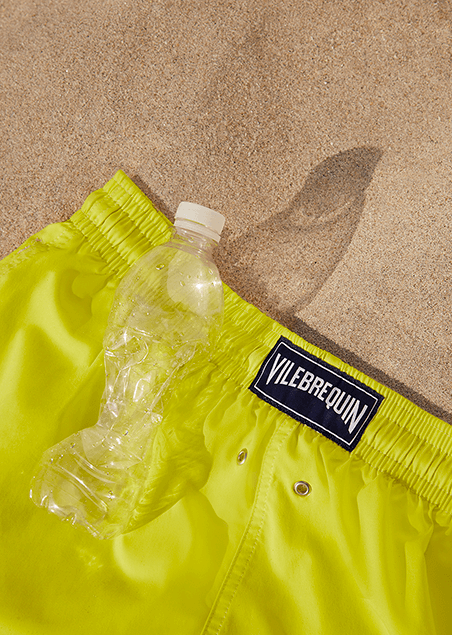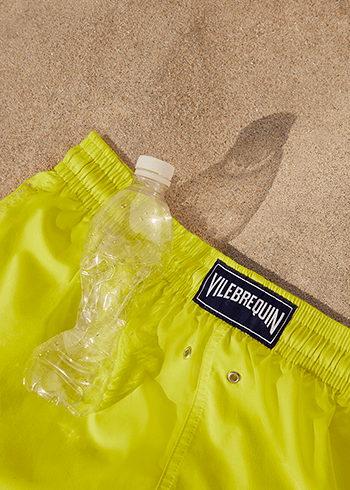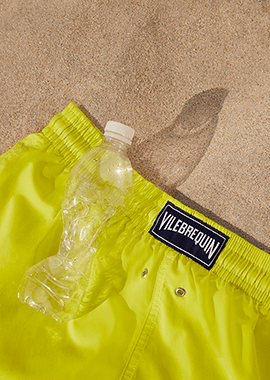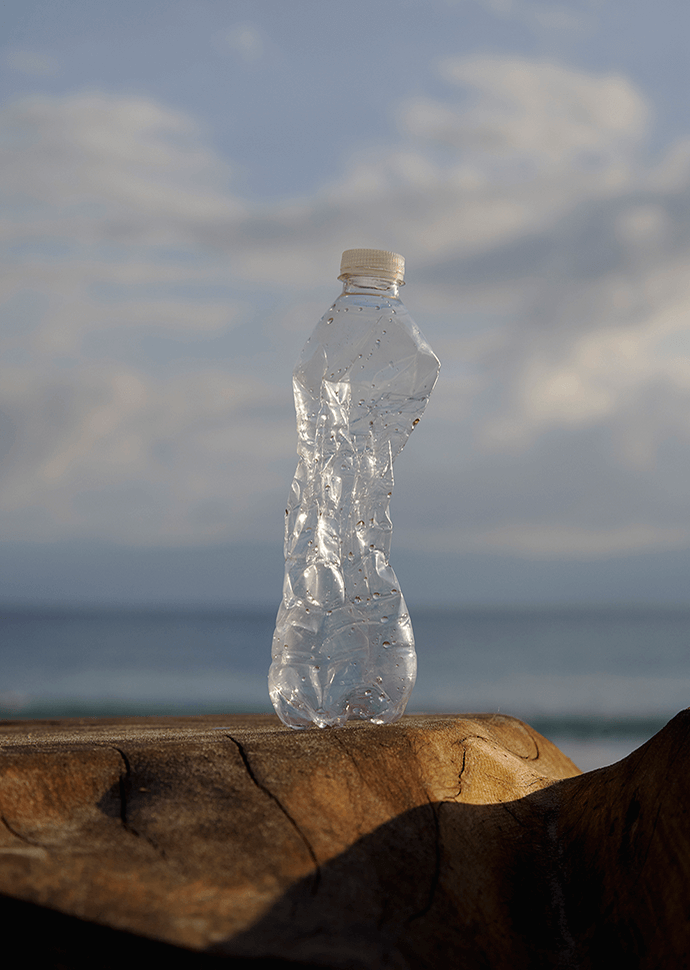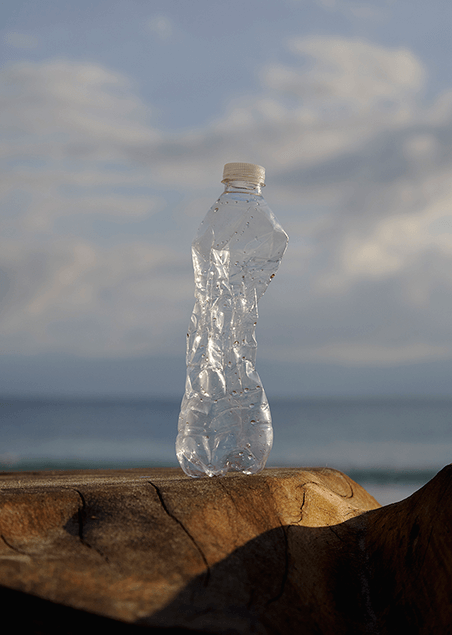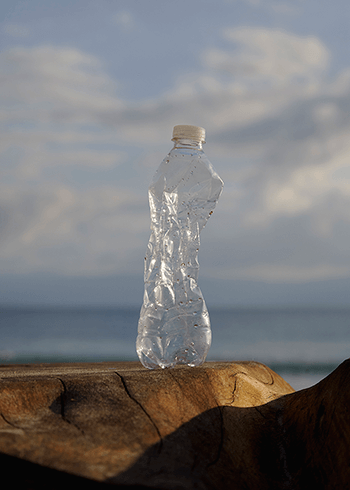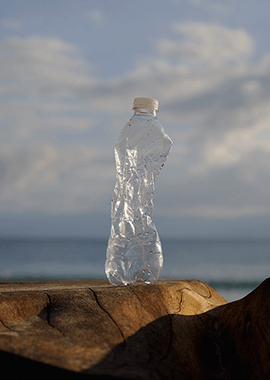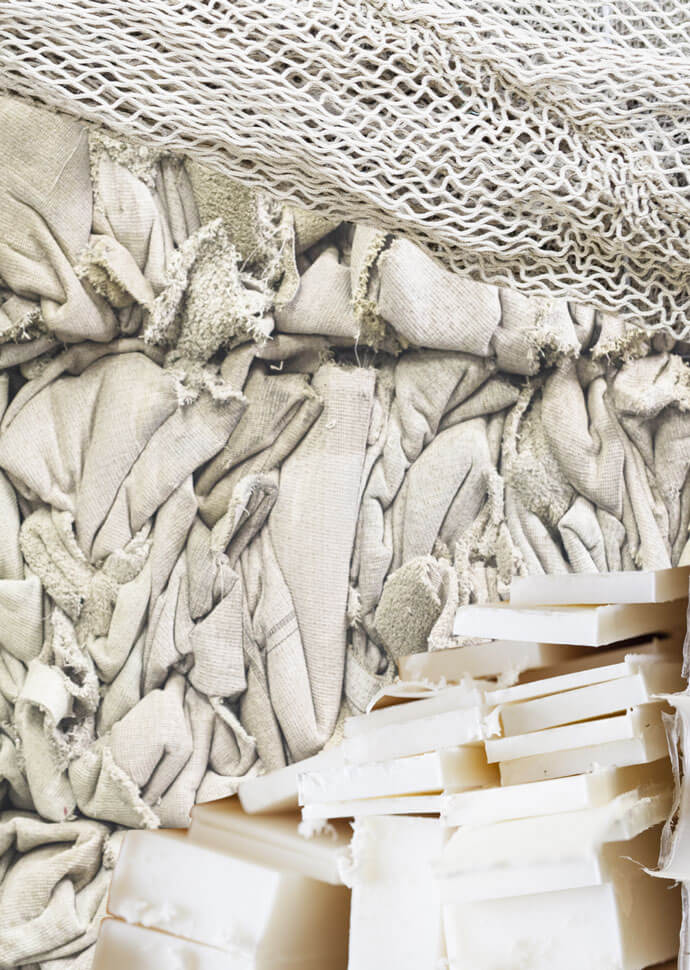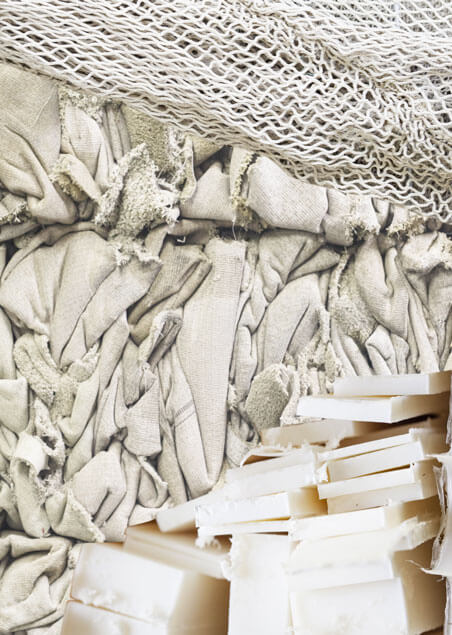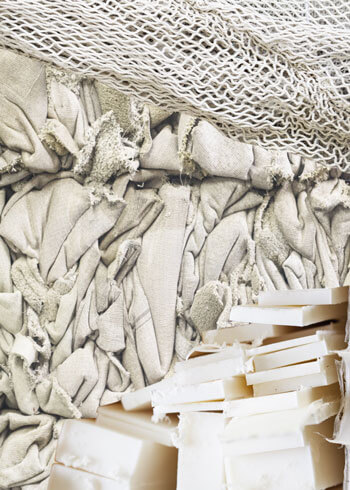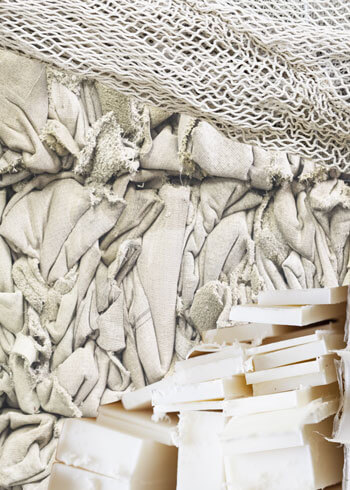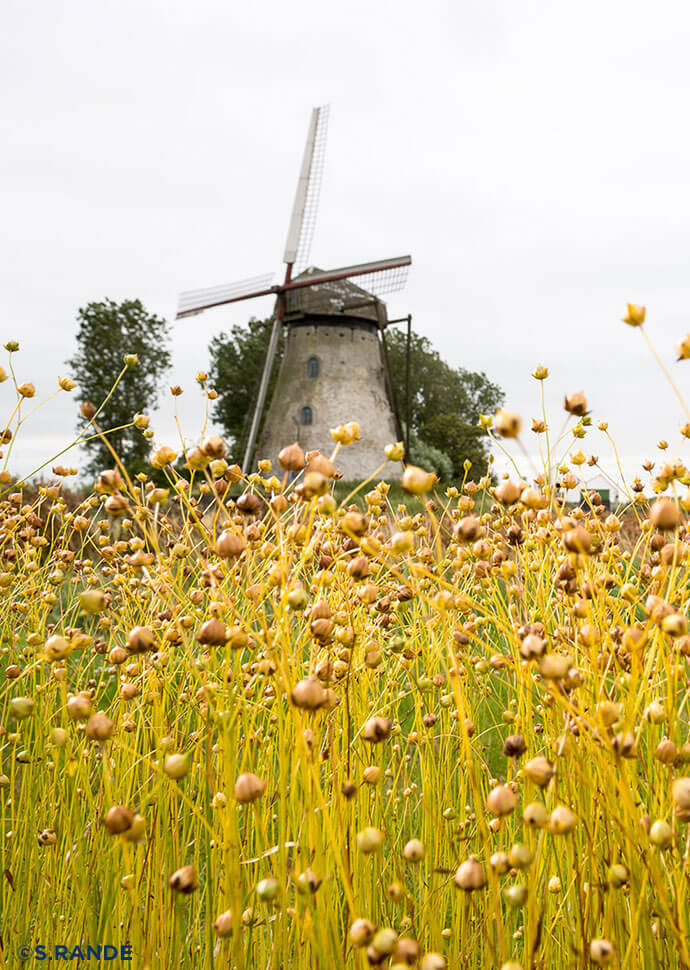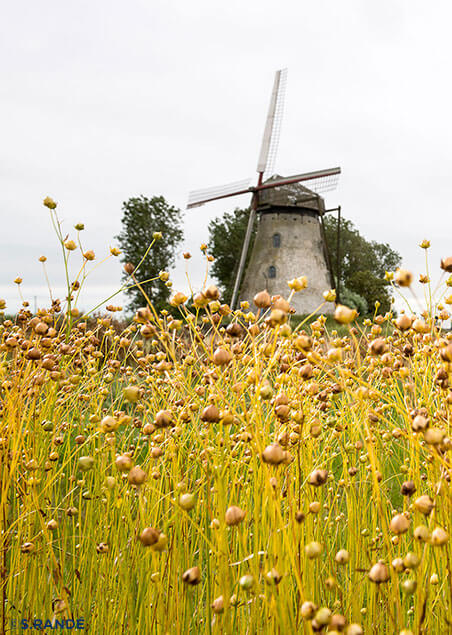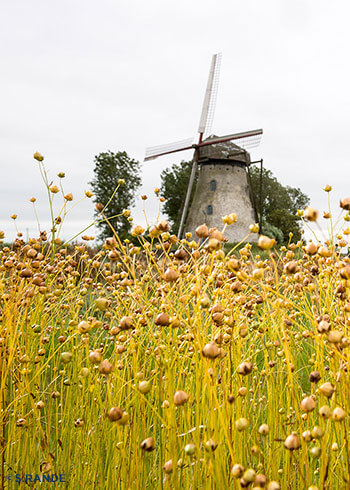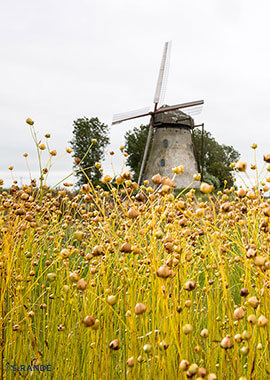Wear Responsibly
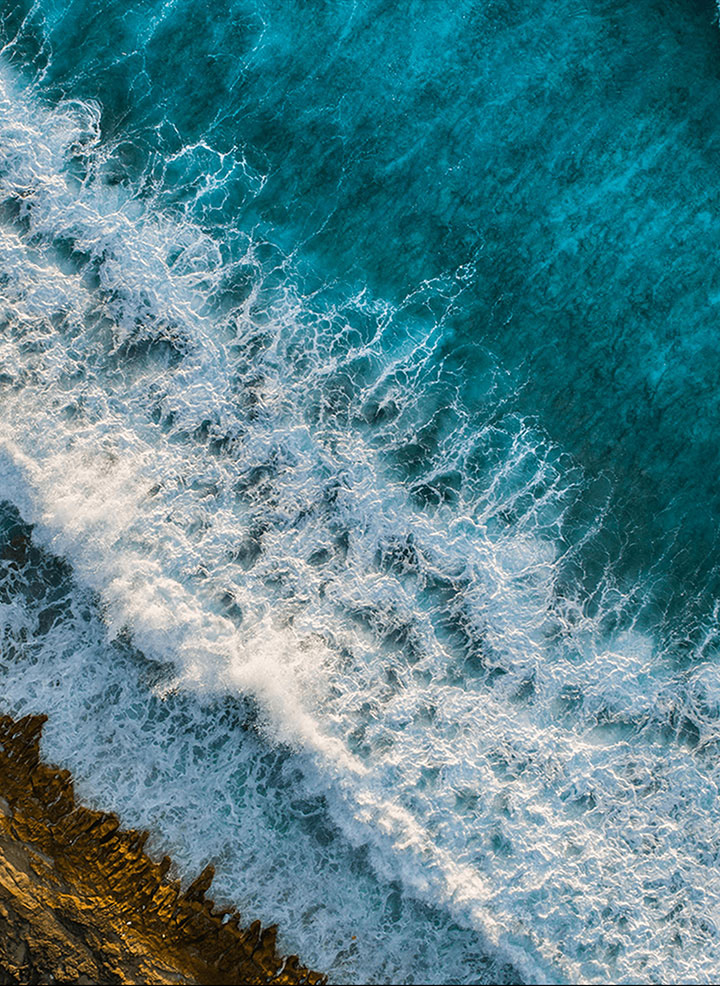
As proud oceans advocates, we strive to minimize our environmental footprint throughout our production and supply chains.
Quality is inherently linked to sustainability, and the materials we choose to work with have a ripple effect.
View more
Quality is inherently linked to sustainability, and the materials we choose to work with have a ripple effect. How our textiles are sourced not only have an impact on the planet, it also ensures you'll be loving your garments for many vacations to come.
Beyond that, we’re overhauling our supply chains to limit the amount of waste that makes its way into our oceans by way of landfills. This is no easy feat, and there are many trade-offs to consider. Nonetheless, we are advancing our transition to sustainable materials each and every day.
Beyond that, we’re overhauling our supply chains to limit the amount of waste that makes its way into our oceans by way of landfills. This is no easy feat, and there are many trade-offs to consider. Nonetheless, we are advancing our transition to sustainable materials each and every day.

We use more than 80% eco-friendly
fabrics across all our collections
fabrics across all our collections
NO TO NEW
Luxury swimwear poses a few unique challenges when it comes to sustainability. Chlorine, sun, and saltwater are all extremely harsh on fabrics, which is why sturdier synthetic materials have become an industry standard.
View more
Luxury swimwear poses a few unique challenges when it comes to sustainability. Chlorine, sun, and saltwater are all extremely harsh on fabrics, which is why sturdier synthetic materials have become an industry standard. These non-natural fibers also increase stretch and cut down on drying time. Unfortunately, some of the most popular synthetic fabrics, such as polyamid and polyester, are derived from petroleum products (plastic).
We’ve chosen to take the high road instead of the easy one by progressively eliminating virgin plastics from our manufacturing process. These days, we’re all about recycled fibers, especially those that give newfound purpose to the very same plastic pollution collected from our oceans every day.
We’ve chosen to take the high road instead of the easy one by progressively eliminating virgin plastics from our manufacturing process. These days, we’re all about recycled fibers, especially those that give newfound purpose to the very same plastic pollution collected from our oceans every day.
DID YOU KNOW?
DID YOU KNOW?
SEAQUAL collaborates with brands and manufacturers to make products made with Upcycled Marine Plastic, a polymer that looks similar to cotton threads and is made from plastic litter recovered by ocean clean-up programs and fishermans
SEAQUAL collaborates with brands and manufacturers to make products made with Upcycled Marine Plastic, a polymer that looks similar to cotton threads and is made from plastic litter recovered by ocean clean-up programs and fishermans
DID YOU KNOW?
1kg of 100% recycled thread equals 1kg less ocean waste!
1kg of 100% recycled thread equals 1kg less ocean waste!
DID YOU KNOW?
Using scrap fibers is more water efficient and emits 80% less CO₂.
Using scrap fibers is more water efficient and emits 80% less CO₂.
DID YOU KNOW?
We also use ECONYL® regenerated nylon from nylon waste otherwise polluting the Earth, like fishing nets, carpet flooring and industrial plastic rescued from all over the world.
We also use ECONYL® regenerated nylon from nylon waste otherwise polluting the Earth, like fishing nets, carpet flooring and industrial plastic rescued from all over the world.
DID YOU KNOW?
DID YOU KNOW?
SEAQUAL collaborates with brands and manufacturers to make products made with Upcycled Marine Plastic, a polymer that looks similar to cotton threads and is made from plastic litter recovered by ocean clean-up programs and fishermans
SEAQUAL collaborates with brands and manufacturers to make products made with Upcycled Marine Plastic, a polymer that looks similar to cotton threads and is made from plastic litter recovered by ocean clean-up programs and fishermans
DID YOU KNOW?
1kg of 100% recycled thread equals 1kg less ocean waste!
1kg of 100% recycled thread equals 1kg less ocean waste!
DID YOU KNOW?
Using scrap fibers is more water efficient and emits 80% less CO₂.
Using scrap fibers is more water efficient and emits 80% less CO₂.
DID YOU KNOW?
We also use ECONYL® regenerated nylon from nylon waste otherwise polluting the Earth, like fishing nets, carpet flooring and industrial plastic rescued from all over the world.
We also use ECONYL® regenerated nylon from nylon waste otherwise polluting the Earth, like fishing nets, carpet flooring and industrial plastic rescued from all over the world.
GROWN FOR GOOD
We're all about carefree living, but when it comes to materials, we think the fashion industry needs to get its act together. That means us too.We believe that looking good shouldn’t come at the cost of doing good, so we’re constantly finding new ways to use innovative fabrics that don’t sacrifice quality, fit, or our hallmark prints.
View more
We're all about carefree living, but when it comes to materials, we think the fashion industry needs to get its act together. That means us too. We believe that looking good shouldn’t come at the cost of doing good, so we’re constantly finding new ways to use innovative fabrics that don’t sacrifice quality, fit, or our hallmark prints.
By relying more and more on post-consumer, recycled fibers, we are successfully curbing CO₂ emissions associated with textile production. No matter what new fabrics we choose to use, we promise to continue making quality the same quality clothes that will make you (and your kids!) feel good for many vacations to come.
By relying more and more on post-consumer, recycled fibers, we are successfully curbing CO₂ emissions associated with textile production. No matter what new fabrics we choose to use, we promise to continue making quality the same quality clothes that will make you (and your kids!) feel good for many vacations to come.
DID YOU KNOW?
DID YOU KNOW ?
It takes 100 days for flax plants to reach maturity. The journey from field to yarn requires an additional 5-steps before the flax linen fibers can be spun into yarn.
It takes 100 days for flax plants to reach maturity. The journey from field to yarn requires an additional 5-steps before the flax linen fibers can be spun into yarn.
DID YOU KNOW ?
Compared to conventional cotton production, organic cotton produces 45% less CO₂ gas and requires 90% less water.
Compared to conventional cotton production, organic cotton produces 45% less CO₂ gas and requires 90% less water.
DID YOU KNOW ?
TENCEL™ fabrics require less water, energy and fewer chemicals to produce, making it a better option for the plant and the people who make it.
TENCEL™ fabrics require less water, energy and fewer chemicals to produce, making it a better option for the plant and the people who make it.
DID YOU KNOW?
DID YOU KNOW ?
It takes 100 days for flax plants to reach maturity. The journey from field to yarn requires an additional 5-steps before the flax linen fibers can be spun into yarn.
It takes 100 days for flax plants to reach maturity. The journey from field to yarn requires an additional 5-steps before the flax linen fibers can be spun into yarn.
DID YOU KNOW ?
Compared to conventional cotton production, organic cotton produces 45% less CO₂ gas and requires 90% less water.
Compared to conventional cotton production, organic cotton produces 45% less CO₂ gas and requires 90% less water.
DID YOU KNOW ?
TENCEL™ fabrics require less water, energy and fewer chemicals to produce, making it a better option for the plant and the people who make it.
TENCEL™ fabrics require less water, energy and fewer chemicals to produce, making it a better option for the plant and the people who make it.
What you see
is what you get
We expect to encounter some occasional rough water on the journey to sustainability. That’s why we put a plan in place to make sure we reach all our milestones along the way. We call this roadmap Horizon 23.
View more
We expect to encounter some occasional rough water on the journey to sustainability. That’s why we put a plan in place to make sure we reach all our milestones along the way. We call this roadmap Horizon 23.
To make sure we stay on track, we remain committed to sourcing the highest quality sustainable materials possible, which means emphasizing transparency and traceability across all our collections, season after season.
To make sure we stay on track, we remain committed to sourcing the highest quality sustainable materials possible, which means emphasizing transparency and traceability across all our collections, season after season.
DID YOU KNOW?
DID YOU KNOW ?
OEKO-TEX® tests for the presence of hazardous chemicals in dyed fabrics. It also checks for carcinogens, azo dyes, and other funky stuff in accordance with REACH standards in Europe.
OEKO-TEX® tests for the presence of hazardous chemicals in dyed fabrics. It also checks for carcinogens, azo dyes, and other funky stuff in accordance with REACH standards in Europe.
DID YOU KNOW?
DID YOU KNOW ?
OEKO-TEX® tests for the presence of hazardous chemicals in dyed fabrics. It also checks for carcinogens, azo dyes, and other funky stuff in accordance with REACH standards in Europe.
OEKO-TEX® tests for the presence of hazardous chemicals in dyed fabrics. It also checks for carcinogens, azo dyes, and other funky stuff in accordance with REACH standards in Europe.








